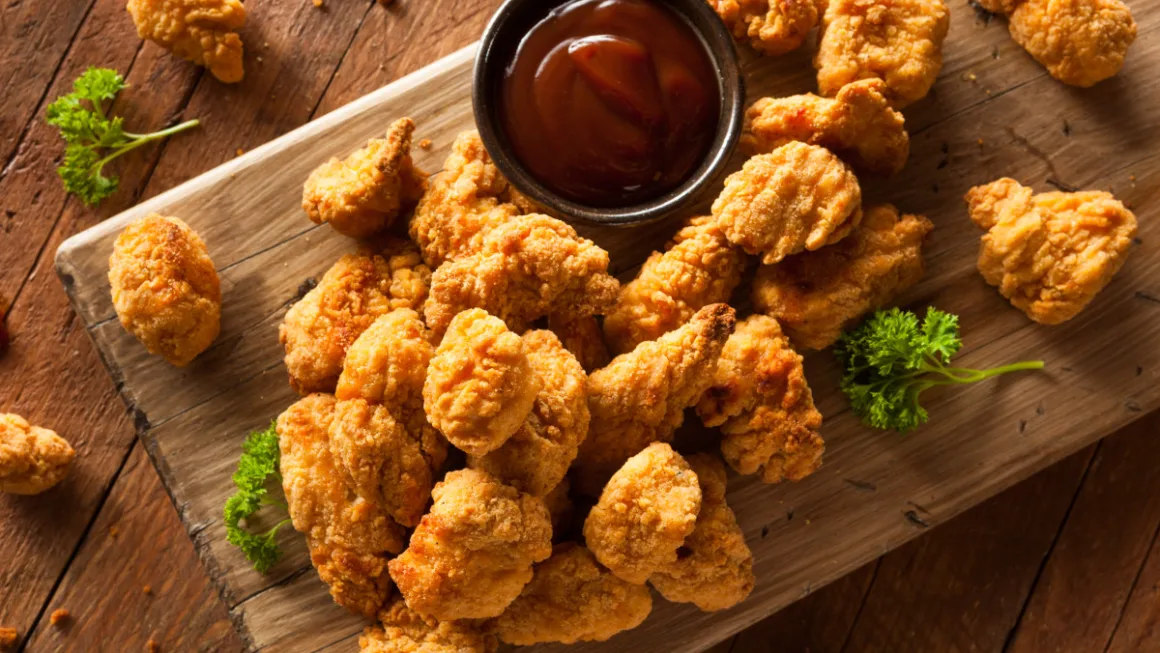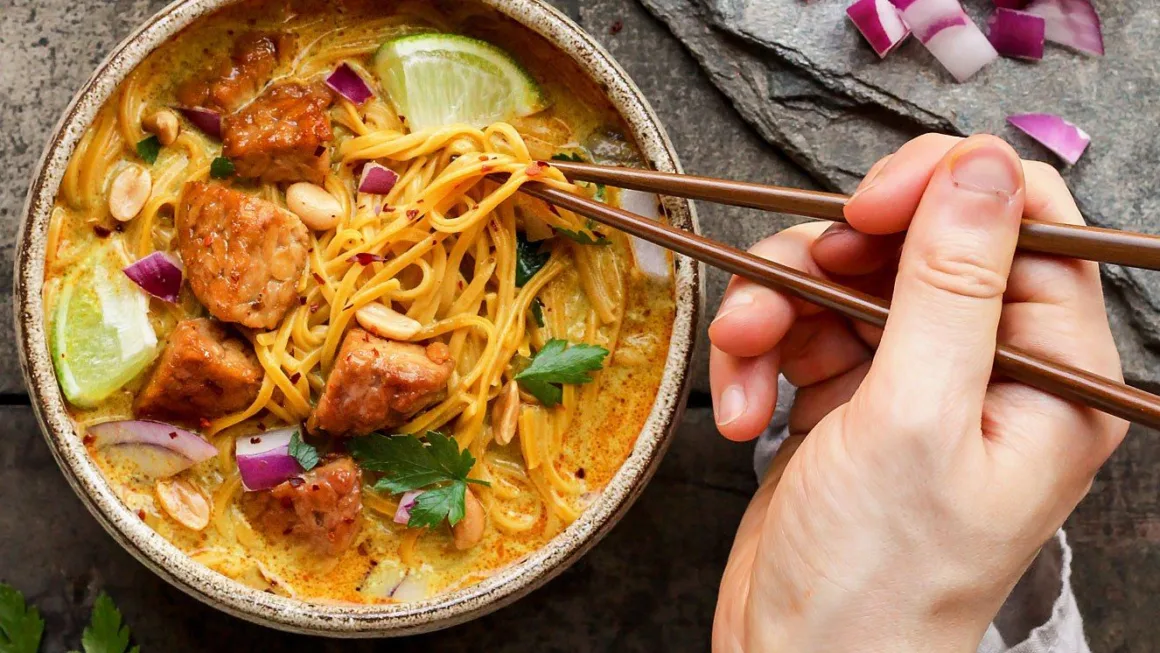Introduction:
Indian street food is a vibrant and diverse culinary landscape that tantalizes the taste buds of millions of people daily. From the bustling streets of Delhi to the vibrant markets of Mumbai, Indian street food offers a kaleidoscope of flavors, textures, and aromas that reflect the rich cultural tapestry of the country. In this gastronomic journey, we will embark on an adventure through the bustling streets of India, exploring the diverse and delectable world of Indian street food.
1. The Heart of Street Food Culture:
Indian street food is not just about the food; it’s an experience that captures the essence of India’s cultural and social life. Streets are transformed into bustling hubs of activity, where vendors skillfully whip up delicious treats, and the air is filled with the tempting aroma of spices. These street-side eateries are the heart of Indian culinary culture, providing affordable and flavorful options for people from all walks of life.
2. Must-Try Delights:
a. **Pani Puri:**
One of the most iconic and beloved street foods in India, Pani Puri is a burst of flavors in every bite. Crispy hollow puris are filled with a spicy and tangy mix of tamarind water, mashed potatoes, chickpeas, and a melange of spices. The explosion of flavors in your mouth is an experience that every food lover must savor.
b. **Vada Pav:**
Hailing from the streets of Mumbai, Vada Pav is often referred to as the Indian burger. A spicy potato fritter (vada) is sandwiched between a pav (soft bread) and garnished with chutneys and fried green chilies. It’s a satisfying and hearty snack that has become a staple for those seeking a quick and flavorful bite on the go.
c. **Chole Bhature:**
Originating from North India, Chole Bhature is a delightful combination of spicy chickpeas (chole) paired with deep-fried bread (bhature). This hearty and indulgent dish is a favorite for breakfast or lunch, and the aromatic spices used in the chickpea curry make it a truly unforgettable experience.
d. **Kathi Rolls:**
A popular street food in Kolkata, Kathi Rolls are a delicious fusion of Indian spices and wraps. Succulent pieces of marinated meat or paneer are rolled in parathas and garnished with onions, chutney, and spices. The result is a portable and flavorful delight that’s perfect for a quick meal on the go.
e. **Samosa Chaat:**
Samosas, deep-fried triangular pastries filled with spiced potatoes and peas, are elevated to a whole new level in the form of Samosa Chaat. The crispy samosas are crushed and topped with yogurt, chutneys, and a medley of spices, creating a harmonious blend of textures and tastes.
3. Regional Variations:
India’s diverse culinary landscape is reflected in the wide array of street food offerings across different regions. Each state and city has its own signature dishes, influenced by local ingredients, cultural traditions, and historical influences.
a. **Chaat in Delhi:**
Delhi is renowned for its chaat, a category of savory snacks that includes Pani Puri, Aloo Tikki Chaat, and Papdi Chaat. The streets of Old Delhi come alive with the sound of vendors skillfully assembling these flavorful delights, making it a must-visit destination for chaat enthusiasts.
b. **Pav Bhaji in Mumbai:**
Mumbai’s street food scene is incomplete without mentioning Pav Bhaji. A spicy and flavorful mashed vegetable curry (bhaji) is served with buttered pav, creating a delectable combination that has become an iconic street food choice for Mumbaikars.
c. **Dabeli in Gujarat:**
Dabeli, a popular street food in Gujarat, features a spicy and tangy mashed potato filling sandwiched between pav, garnished with chutneys, peanuts, and pomegranate seeds. The unique blend of flavors makes Dabeli a standout street food option in the western part of India.
d. **Aloo Tikki in Varanasi:**
Varanasi is famous for its Aloo Tikki, a delicious snack made from mashed potatoes mixed with spices, formed into patties, and fried until golden brown. Served with chutneys and yogurt, Aloo Tikki showcases the culinary richness of this ancient city.
e. **Jhalmuri in Kolkata:**
Kolkata’s street food scene is incomplete without Jhalmuri, a savory snack made from puffed rice, peanuts, spices, and a dash of mustard oil. Vendors expertly mix these ingredients, creating a flavorful and crunchy delight that is synonymous with the city’s street food culture.
4. The Cultural Experience:
Beyond the gastronomic delights, indulging in Indian street food is a cultural experience in itself. Street vendors, often with generations of culinary expertise, showcase their skills in open-air kitchens, creating an immersive environment for food enthusiasts. The vibrant colors, the rhythmic sounds of street life, and the diverse crowd of locals and tourists all contribute to the unique atmosphere surrounding Indian street food.
5. Challenges and Innovations:
While Indian street food is celebrated for its rich flavors and cultural significance, it also faces challenges such as hygiene concerns and regulatory issues. However, many vendors are adapting to these challenges by adopting innovative practices. Food trucks, pop-up stalls, and organized street food festivals are gaining popularity, providing a platform for vendors to showcase their culinary creations while adhering to safety standards.
6. Street Food Festivals:
The popularity of Indian street food has led to the emergence of street food festivals across the country. These festivals bring together a myriad of vendors, each offering their unique specialties. Visitors can sample a wide range of dishes, from traditional classics to modern interpretations, creating a gastronomic experience that celebrates the diversity of Indian street food.
7. Street Food and Tourism:
Indian street food has become a major attraction for tourists seeking an authentic culinary experience. Travelers from around the world are drawn to the vibrant street food scenes in cities like Delhi, Mumbai, Jaipur, and Kolkata. Food tours and guided street food walks have become popular ways for tourists to explore the local flavors and gain insights into the cultural significance of each dish.
8. Street Food and Social Media:
The rise of social media has played a significant role in popularizing Indian street food on a global scale. Food bloggers, vloggers, and influencers share their street food adventures, showcasing the visually appealing and mouthwatering dishes that India has to offer. This digital exposure not only promotes local vendors but also inspires a global audience to explore the diverse world of Indian street food.
Conclusion:
In conclusion, the world of Indian street food adventures is a sensory delight that goes beyond just satisfying hunger. It’s a journey through the heart and soul of India, where every bite tells a story of cultural richness and culinary expertise. Whether you’re navigating the chaotic lanes of Old Delhi or strolling along the serene ghats of Varanasi, the diverse and delectable street food of India is a gastronomic adventure that promises to leave a lasting impression on your taste buds and memories alike. So, pack your appetite and embark on a flavorful journey through the vibrant streets of India, where every corner is a culinary masterpiece waiting to be sav




